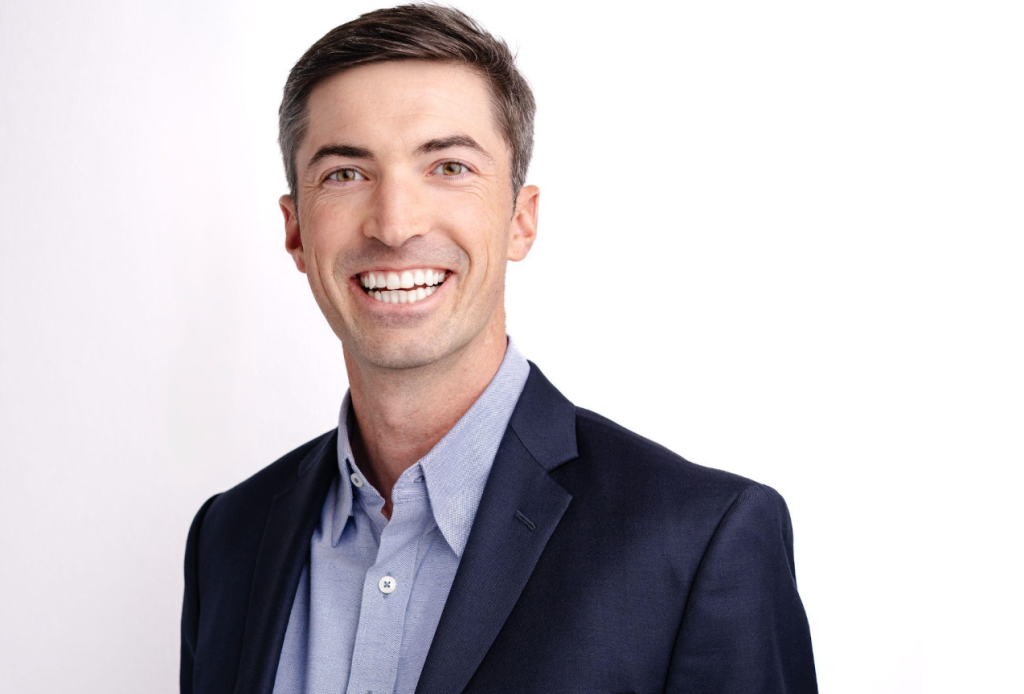Wealth transfer across generations is one of the most complex challenges in modern financial planning—not because of the technical tools involved, but because of the human dynamics behind them. Levi Pettit, managing partner of Dornick Wealth Management, has built his firm to navigate that intersection.
While many advisors focus on market performance and tax efficiency, Pettit believes the deeper challenge lies in coordinating goals across multiple generations. “We’re not just managing assets,” he said. “We’re managing relationships, expectations, and legacy.”
Beyond Portfolios: A Collaborative Planning Hub
Traditional wealth management often functions in silos. The investment advisor builds a portfolio. The estate attorney drafts a trust. The CPA handles taxes. But as families grow more complex—and their wealth more exposed to risk—those compartmentalized approaches fall short.
Dornick operates as a planning hub, coordinating directly with clients’ attorneys, tax professionals, and insurance advisors to ensure all elements of the strategy work together. That level of integration is rare—and intentional.
“We are available to be partners with their legal and tax advisors,” Pettit said. “Being able to open up to those other advisors really allows us to look past not just gen one, but onto gen two and gen three as well.”
That long-range view changes how planning is done. It starts not with structures, but with conversations—about values, priorities, and the unique tensions that emerge between generations. Parents may want to preserve control. Children may want flexibility. Grandchildren may not yet understand the responsibilities ahead of them.
Pettit’s role, as he sees it, is to translate across those layers. “Estate planning tools only work if the family knows how to use them,” he said.
The Tools—and the Trade-offs
Trusts are a cornerstone of Dornick’s multigenerational strategy, but Pettit is quick to emphasize that no solution is one-size-fits-all. Some families benefit from irrevocable structures that remove assets from the estate. Others prefer revocable trusts that preserve access and flexibility. In some cases, advanced vehicles—like GRATs or charitable remainder trusts—can be effective, but only under the right conditions.
“These are very in-depth conversations,” Pettit said. “They require a lot of thought, energy, and coordination across the advisory team.”
Gifting is another area where Dornick sees opportunity. Families can leverage annual gift tax exclusions and strategic valuation discounts to transfer more value than what appears on paper. But again, the point isn’t optimization for its own sake. It’s about aligning the transfer with the family’s readiness to receive it.
That often involves coaching—not just for the wealth creators, but for the next generation. Dornick helps clients develop education programs, communication frameworks, and decision-making structures that reinforce stewardship rather than entitlement.
“The planning has to match where the family is, not just what the tax code allows,” Pettit said.
Governance, Education, and the Long View
As family complexity grows, formal governance becomes more important. Pettit works with clients to build councils, family constitutions, and other structures that help define roles and expectations. These aren’t just about voting rights or investment decisions—they’re about preserving values.
Just as critical is preparing future leaders. Dornick encourages families to bring children and grandchildren into the planning process early, gradually building their understanding of both the finances and the philosophy behind them.
Ultimately, Pettit sees his role not just as a planner, but as a long-term guide. His firm’s focus isn’t just about preserving capital—it’s about preparing people.
“Markets change, tax laws change, and families change,” he said. “What endures is the framework we build for making good decisions together.”
